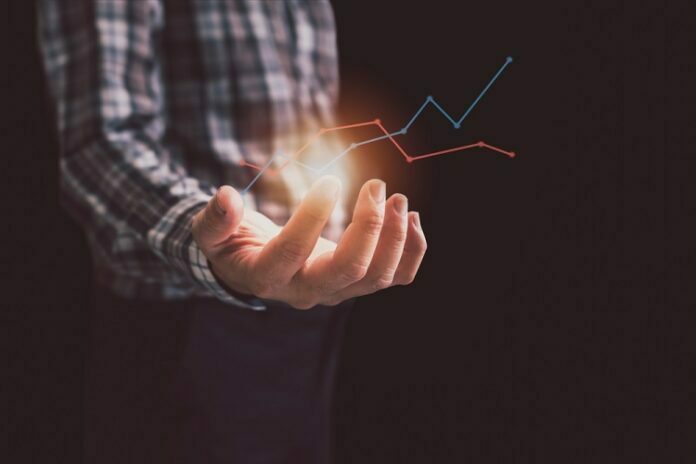In Australia, futures and forex trading are both investment vehicles that allow traders to speculate on the movement of various financial instruments. However, there are some essential distinctions between the two activities. This article will explore the key differences between futures and forex trading in Australia.
Table of Contents
What is Futures Trading?
Futures trading involves the buying and selling of contracts for a particular asset at an agreed-upon price. The most common futures contracts involve commodities, such as wheat or oil. Futures trading allows traders to speculate on the future direction of market prices, either up or down. When they enter a contract, they lock in a specific price that will be paid when the underlying asset is delivered upon the contract’s expiration.
What is Forex Trading?
Forex trading, also known as foreign exchange (FX) trading, involves speculating on the movements of different currencies relative to one another. It usually takes place on electronic platforms operated by brokers and dealers worldwide, with trades executed almost immediately in response to market fluctuations. Unlike futures contracts, FX trading does not involve the buying and selling of physical assets; instead, traders speculate on the movements of currencies against each other.
Differences Between Futures and Forex Trading in Australia
Here are some of the key differences between futures and forex trading in Australia:
Contract Size: A critical difference between these two types of investments is that while forex trading involves trades made up of minimal amounts (known as micro-lots), futures contracts tend to be quite large. It means traders need to use a more significant amount of capital when trading futures than forex.
Leverage: Another significant distinction between these two forms of investment is that while forex trades are leveraged (meaning they can be taken out with only a fraction of the actual value of the currency), futures contracts do not rely on leverage as they involve a set price agreed upon by both parties.
Contract Duration: Futures contracts generally last longer than forex trades, meaning they may be held for months or even years, while forex trades can be executed and closed within minutes.
Risk Profile: As with all forms of investing, risk is involved in both futures and forex trading in Australia. However, due to their shorter duration and smaller contract size, FX trading carries less overall risk than futures trading.
How to trade Futures in Australia
In Australia, futures trading can be done through various brokers and dealers. Once you have chosen a broker, it is vital to understand the types of contracts available. These include commodities, indices and financial instruments such as bonds or currencies. It is also essential to consider the margin requirements for each type of contract, as this will determine how much capital must be put up to trade the futures market.
How to Trade Forex in Australia
Forex trading in Australia is conducted via electronic platforms operated by brokers and dealers worldwide. Before entering any trades, it is essential to familiarise yourself with the different currency pairs available for trading. Understanding what factors influence their movements can help inform your decisions in the market. Additionally, as with futures trading, it is vital to understand the margins and leverage available for each type of currency pair before entering into a trade.
How to Choose Between Futures and Forex Trading
Ultimately, the choice between futures and forex trading comes down to the investor’s personal preferences. Factors such as risk tolerance, capital availability and trade duration should be considered when considering the type of investment that suits your needs. Ultimately, the goal is to select a strategy that can deliver consistent results without exposing you to too much risk.
Conclusion
Futures and forex trading offer investors different ways to speculate on financial markets. In Australia, both forms of investment are available through various brokers and dealers, but it is essential to understand the differences between them before entering any trades. By researching and understanding each type of market, traders can choose an approach that best suits their needs. It should help them make informed decisions and potentially succeed in the lucrative world of trading.











